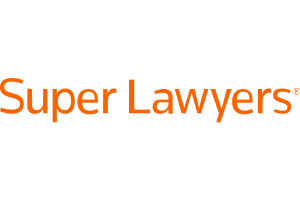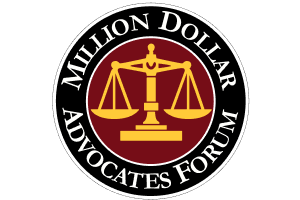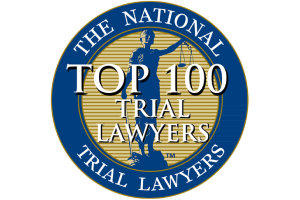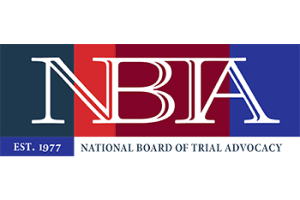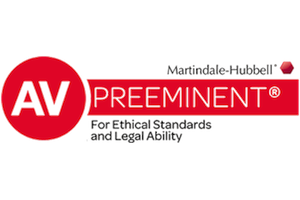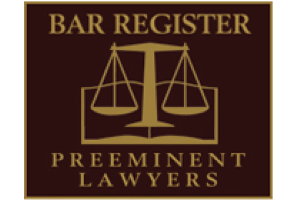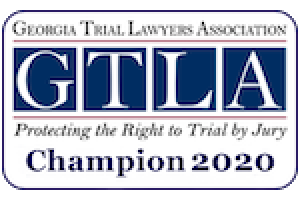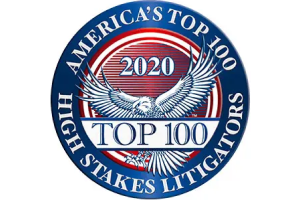Equipment and Inspections of Commercial Trucks
Equipment Inspection and use
49 C.F.R. § 392.7 requires that “No commercial motor vehicle shall be driven unless the driver is satisfied that the following parts and accessories are in good working order, nor shall any driver fail to use or make use of such parts and accessories when and as needed”: service brakes, including trailer brake connections; parking (hand) brake; steering mechanism; lighting devices and reflectors; tires; horn; windshield wiper or wipers; rear-vision mirror or mirrors; and coupling devices.
Emergency Equipment Inspection
49 C.F.R. § 392.8 provides that “No commercial motor vehicle shall be driven unless the driver thereof is satisfied that the emergency equipment required by §393.95 of this subchapter is in place and ready for use; nor shall any driver fail to use or make use of such equipment when and as needed.” This refers to fire extinguishers, spare fuses, and warning devices for stopped vehicles (flares, reflective triangles, red flags).
Inspection Cargo and Cargo Securement Devices
49 C.F.R. § 392.9 requires that “A driver may not operate a commercial motor vehicle and a motor carrier may not require or permit a driver to operate a commercial motor vehicle unless . . . cargo is properly distributed and adequately secured; . . . tailgate, tailboard, doors, tarpaulins, spare tire . . . are secured,” and the cargo does not interfere with the driver’s view ahead or to the sides or movements. The driver must assure compliance before starting a trip, and again after 50 miles, any change of duty status, after 3 hours, or after 150 miles, whichever comes first. This rule does not apply “to the driver of a sealed commercial motor vehicle who has been ordered not to open it to inspect its cargo or to the driver of a commercial motor vehicle that has been loaded in a manner that makes inspection of its cargo impracticable.”
The Regulatory Guidance addresses situations dealing with sealed loads.


